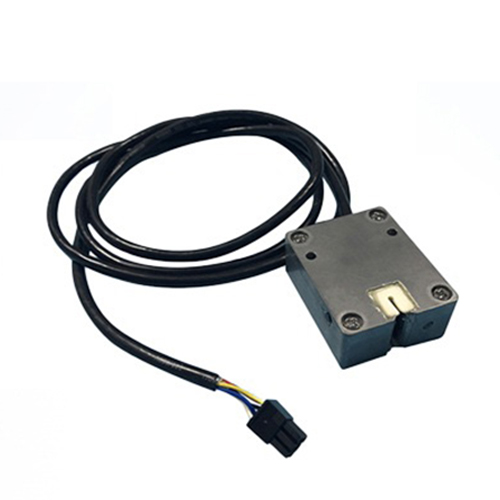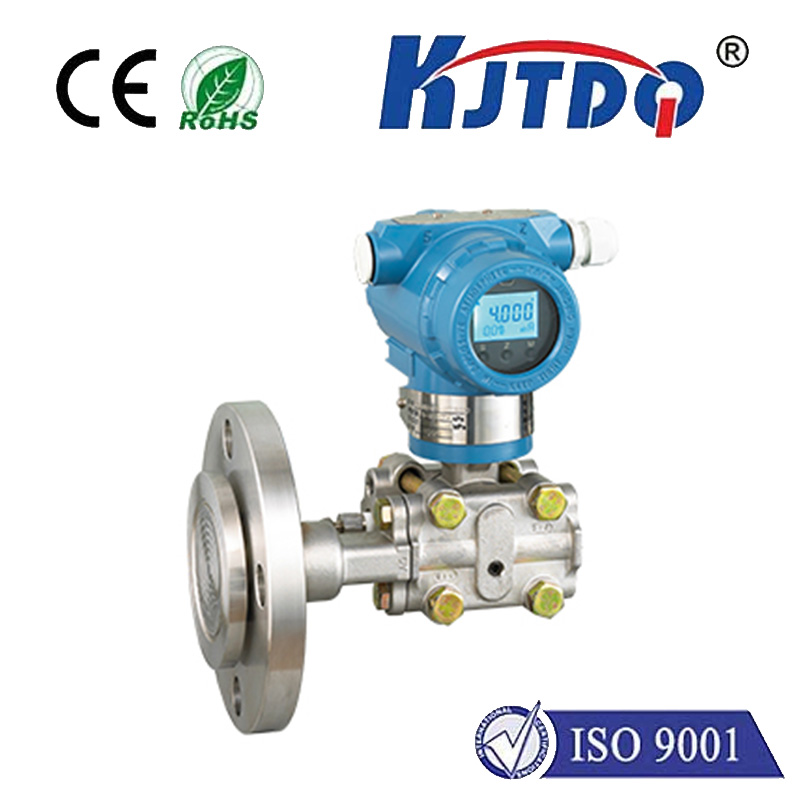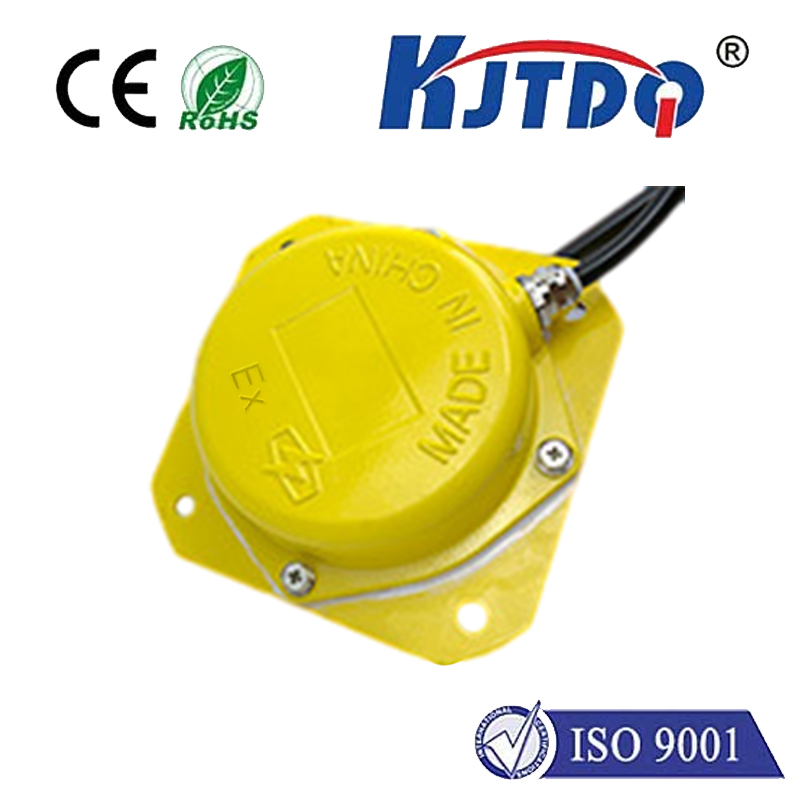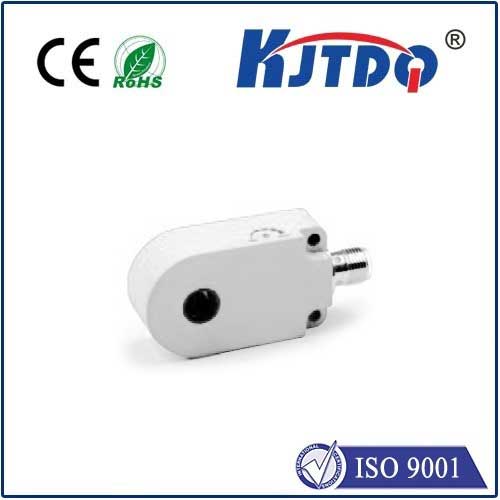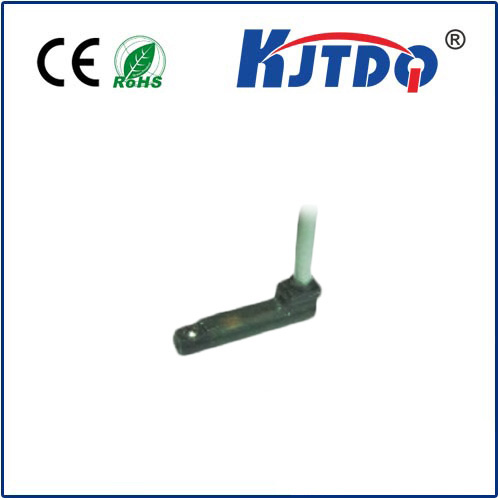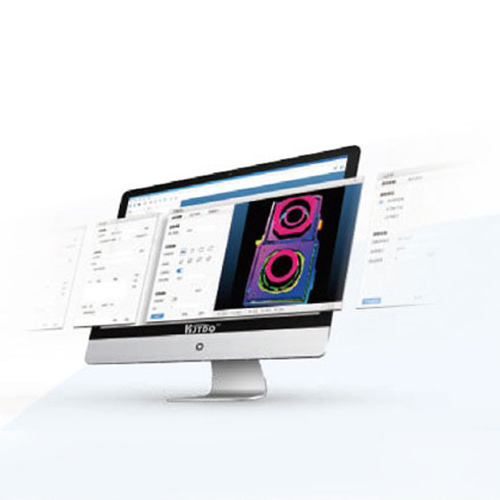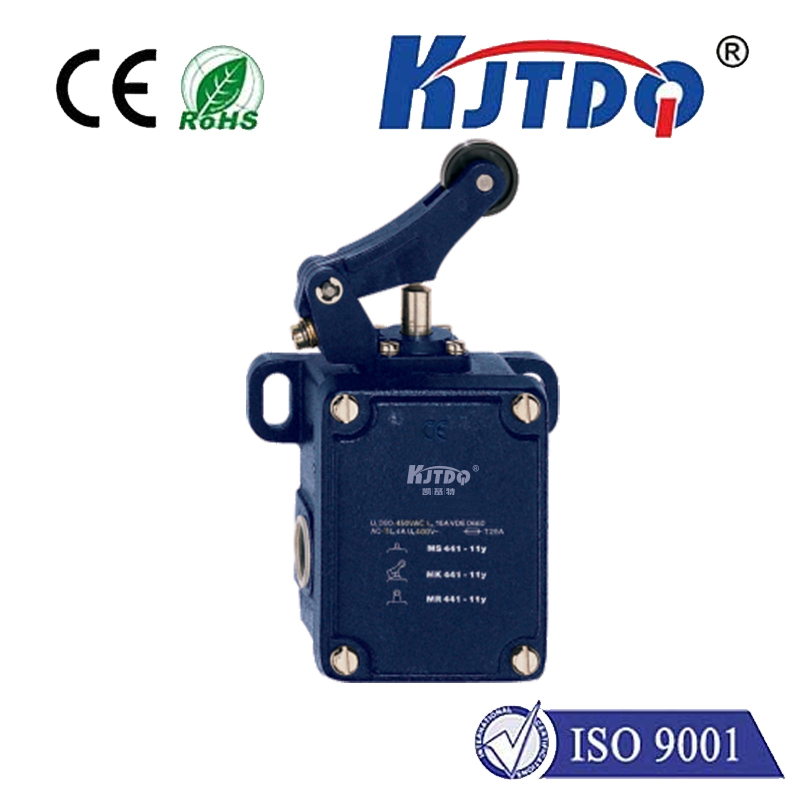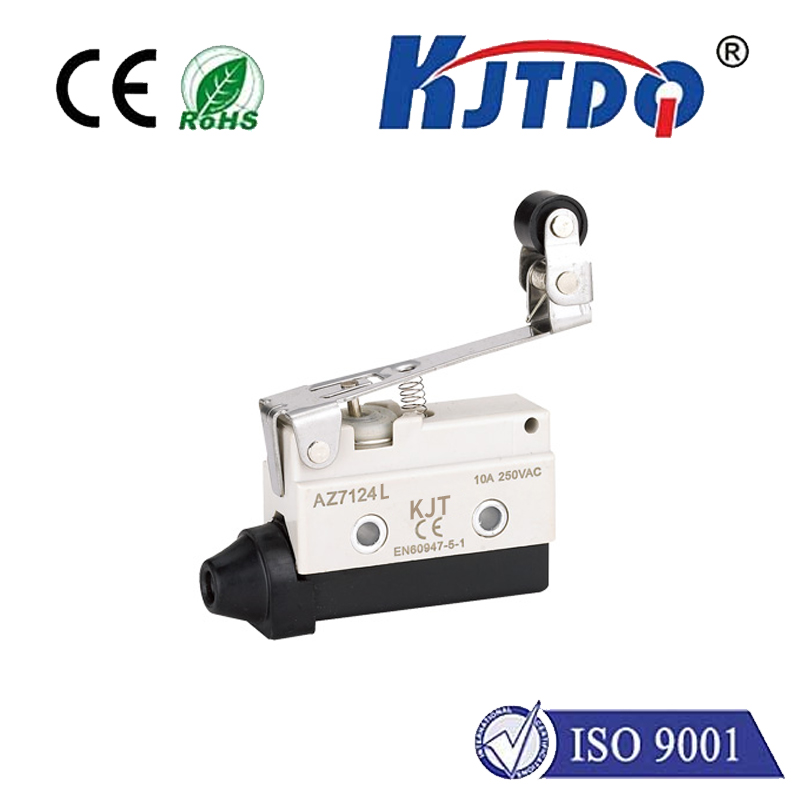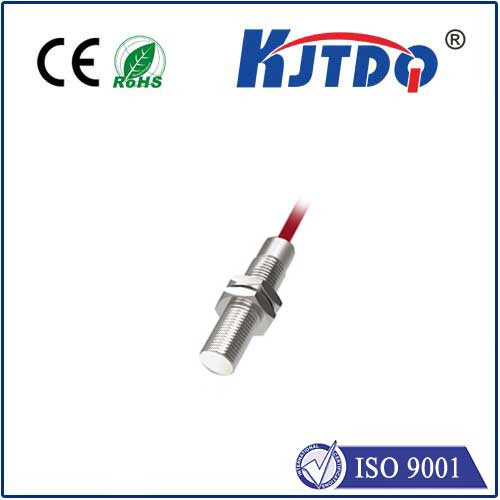laser distance sensor 0.1 mm
- time:2025-08-29 03:21:10
- Click:0
Laser Distance Sensor 0.1 mm: Achieving Unprecedented Precision in Measurement
Imagine measuring the thickness of a human hair, detecting microscopic shifts in machinery, or verifying the flawless flatness of a semiconductor wafer. These are the realms where a laser distance sensor 0.1 mm becomes not just a tool, but an essential partner in precision engineering and quality control. This sensor class represents the pinnacle of non-contact measurement, offering accuracy down to a tenth of a millimeter – a capability that unlocks new frontiers across diverse industries.
Understanding the Core: What is a 0.1 mm Laser Distance Sensor?
At its heart, a laser distance sensor operates by emitting a focused beam of coherent light (laser) towards a target and measuring the time it takes for the reflected light to return (Time-of-Flight - ToF) or by analyzing the phase shift of a modulated laser beam (Phase Shift). Achieving a 0.1 mm resolution and accuracy demands significant technological refinement beyond standard models. This involves:
- Advanced Laser Diode & Optics: High-quality, stable laser diodes combined with precision optical components ensure a sharp, well-defined beam spot with minimal divergence over distance.
- Sophisticated Signal Processing: Distinguishing signals to detect differences as small as 0.1 mm requires extremely high-speed, low-noise electronics and complex algorithms to filter out environmental noise and compensate for factors like target reflectivity and ambient light.
- Temperature Stability: Thermal drift can significantly impact accuracy at this level. Premium sensors incorporate robust thermal compensation mechanisms to maintain sub-millimeter accuracy across operating temperature ranges.
- Calibration Rigor: Achieving and certifying 0.1 mm accuracy necessitates rigorous factory calibration against traceable standards.
Why 0.1 mm Matters: Applications Demanding Ultra-Precision

The leap from, say, 1 mm resolution to 0.1 mm opens doors to applications where minute deviations are critical:
- Precision Manufacturing & Metrology: Verifying component dimensions, thicknesses, and runout well within standard machining tolerances. Ensuring perfect alignment of high-speed spindles, checking the flatness of optical surfaces or semiconductor wafers, and controlling robotic assembly processes where micron-level precision is paramount.
- Quality Control & Inspection: Detecting minute surface defects, deformations, or warping invisible to less precise sensors or the human eye. Monitoring product tolerances on high-value components like turbine blades or medical implants.
- Automation & Robotics: Enabling robots to handle delicate objects, perform intricate assembly tasks (e.g., electronics), or conduct highly accurate positioning and path following requiring sub-millimeter repeatability.
- Research & Development: In fields like materials science, micro-mechanics, and physics, where measuring tiny expansions, contractions, or vibrations is essential.
- Aerospace & Defense: Alignment of critical components, structural health monitoring for detecting minute stress-induced deformations, and precision guidance systems.
- Architecture & Civil Engineering: High-precision alignment of large structures, deformation monitoring of dams or bridges over time, or detailed survey work requiring extreme accuracy.
Leveraging 0.1 mm Capability: Key Considerations
Integrating such a high-precision sensor requires careful thought:
- Target Properties: The surface color, reflectivity, and material significantly influence performance. While modern sensors handle a wide range, highly reflective or transparent surfaces can pose challenges. Many models feature adjustable sensitivity or automated background suppression to combat this.
- Environmental Factors: Airborne particles (dust, mist), strong ambient light, temperature gradients, and vibration can impact readings. Select sensors with appropriate IP ratings for the environment and consider protective housings or air purges if needed. Shielding from intense ambient light is often crucial.
- Mounting & Stability: Achieving 0.1 mm accuracy demands a rigid, vibration-free mounting setup. Any sensor movement relative to the target will introduce error larger than the sensor’s inherent capability.
- Calibration & Maintenance: Regular calibration checks against known references are vital to maintain specified accuracy over time, especially in demanding industrial settings. Follow the manufacturer’s recommended maintenance schedule.
- Data Integration: The high-resolution data output requires compatible controllers (PLCs), data acquisition systems, or software capable of processing and utilizing this level of precision effectively.
Beyond the Numbers: The Real-World Impact
Investing in a laser distance sensor with 0.1 mm accuracy translates to tangible benefits:
- Enhanced Product Quality: Consistently producing parts within tighter tolerances reduces scrap and rework, boosting overall quality and customer satisfaction. Detecting flaws earlier prevents costly downstream failures.
- Increased Process Efficiency: Precise measurement enables better process control, optimization of material usage, and reduction in setup times for machining or assembly.
- Improved Safety: In automation, precise positioning minimizes the risk of collisions and damage to equipment or delicate products.
- New Capabilities: Enables entirely new applications or R&D projects that were previously impossible due to measurement limitations.
- Competitive Advantage: Delivering superior precision and reliability can be a significant differentiator in high-tech markets.
Choosing the Right Tool for 0.1 mm Accuracy
The market offers various laser sensor types compatible with 0.1 mm performance, including diffuse reflection sensors (common for general positioning), retro-reflective sensors (using a reflector for longer ranges or low-reflectivity targets), and through-beam sensors (offering the highest potential accuracy and immunity to target properties over longer distances). Selection depends heavily on the specific application’s requirements regarding range, target type, environmental conditions, and required output interface.
The pursuit of 0.1 mm resolution and accuracy with laser distance sensors represents a commitment to excellence. It empowers industries to push boundaries, ensure unparalleled quality, and achieve levels of precision that were once considered unattainable with non-contact methods. From the factory floor to the research lab, these sensors are the silent guardians of micron-level perfection.






